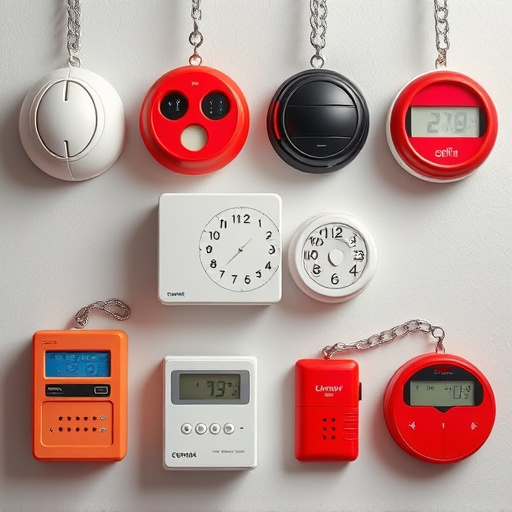Working alone in remote outdoor areas carries significant risks, but advanced Wearable Safety Alarms designed for joggers and lone workers offer a solution. These devices provide real-time GPS tracking, automatic fall detection, and one-touch emergency signals, enabling swift assistance. By integrating these safety features into their routines, individuals can enjoy enhanced security while working or jogging in isolated areas. Effective implementation requires user-friendly technology, regular training, and open communication between employers and employees.
In today’s digital era, an increasing number of workers operate alone, posing unique safety challenges. This article delves into addressing the risks associated with lone working and explores the vital role of wearable safety alarms as a game-changer in ensuring their well-being. We examine how these devices, like Wearable Safety Alarms for Joggers, can provide peace of mind and critical support in emergency situations. By understanding the risks and implementing best practices, we can foster safer environments for lone workers.
- Understanding the Risks of Lone Working
- The Role of Wearable Safety Alarms
- Implementation and Best Practices for Effective Safety Alert Systems
Understanding the Risks of Lone Working
Working alone can present unique challenges and risks that are often overlooked. When an employee is isolated, there’s no immediate help available in case of an emergency or accident. This is especially pertinent for outdoor workers like joggers who venture into remote areas. The absence of supervision can make it harder to detect hazards, predict potential risks, and ensure prompt response. In today’s digital era, where advanced technology offers numerous solutions, wearable safety alarms for joggers and similar lone workers are becoming increasingly important.
These devices provide a sense of security by enabling users to quickly signal distress or alert others of their location. For instance, a simple press of a button on a Wearable Safety Alarm can send out GPS coordinates and an emergency notification, ensuring help arrives swiftly. Such technology is not just a game-changer for lone workers’ safety but also empowers them to work more confidently, knowing they have a reliable backup system in place.
The Role of Wearable Safety Alarms
Wearable safety alarms are transforming the way we think about the security of lone workers, especially in outdoor activities like jogging. These innovative devices offer a hands-free solution for individuals who need to stay alert and connected while they’re on their runs. By integrating advanced technology into a comfortable and discreet design, wearable safety alarms provide peace of mind for both the user and their loved ones.
For joggers, these alarms can be life-saving. They often include features like GPS tracking, automatic fall detection, and one-touch emergency buttons that send alerts to pre-selected contacts. This ensures quick response times in case of accidents or emergencies, allowing for swift assistance. Moreover, some models offer additional functionalities such as real-time location sharing and integration with fitness tracking apps, enhancing both safety and performance monitoring.
Implementation and Best Practices for Effective Safety Alert Systems
Implementing an effective safety alert system for lone workers requires a thoughtful approach and adherence to best practices. One crucial component is integrating wearable technology, such as a compact and discreet wearable safety alarm designed specifically for joggers or outdoor enthusiasts. These devices should offer features like automatic fall detection, GPS tracking, and the ability to send alerts to emergency contacts with a single press.
To maximize their utility, such systems must be user-friendly, ensuring workers can easily activate them in an emergency without causing delay. Regular training sessions on system functionality, maintenance, and awareness of local response protocols are essential practices. Additionally, encouraging open communication between employers and employees regarding safety concerns fosters a proactive environment where potential issues can be addressed before they become critical.
Lone workers, particularly those engaging in activities like jogging, face unique risks that require proactive safety measures. Implementing a Wearable Safety Alarm for Joggers and other lone workers can significantly enhance response times in emergencies, ensuring their well-being. By following best practices outlined in this article, organizations can create an effective safety alert system that promotes a safer working environment, ultimately reducing potential hazards and fostering peace of mind for those who work alone.
